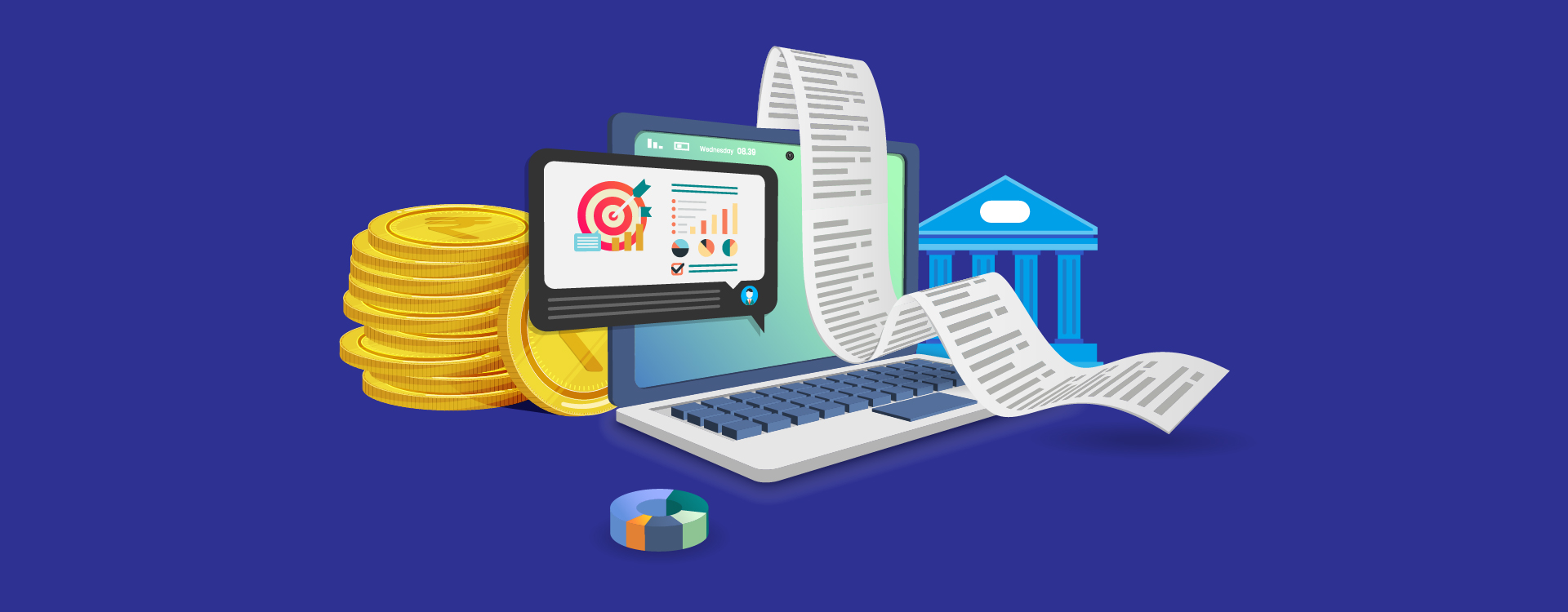Intraday trading is a popular approach among traders looking to capitalize on short-term price movements. By utilizing tools such as the Elliott Wave Theory, you can gain insights into market trends and make informed decisions. To start your trading journey, it’s essential to open a demat account through the best trading platform. This account is crucial for holding your shares electronically, ensuring efficient buying and selling.
Understanding Elliott Wave Theory
Elliott Wave Theory is a powerful analytical tool that helps traders identify market trends and potential reversal points. The theory posits that markets move in repetitive cycles, which are influenced by investor sentiment. An Elliott Wave Impulse Indicator is a popular tool that helps intraday traders identify these wave patterns, assisting in making trading decisions.
When analyzing stocks in Elliott Wave, traders often look for specific patterns that indicate the potential for upward or downward price movements. This approach is particularly useful for intraday trading, where traders aim to capture quick price changes within a single trading day.
Understanding Swing Defining Structure Points in Elliott Wave Trading
Identifying Swing Defining Structure Points is a crucial concept in Elliott Wave trading. These points are the pivotal moments that signify the beginning or end of waves in the market. Recognizing these critical levels allows traders to enhance their decision-making processes, particularly when it comes to timing their entries and exits. By effectively identifying swing points, an intraday trader can significantly improve their chances of making profitable trades.
The Importance of Swing Low and Swing High
A swing low occurs when the price reaches a local minimum before reversing direction. When a trader identifies a swing low in the market, it often signals a potential buying opportunity. This means that, at this point, the stock is undervalued and may experience upward momentum. On the other hand, a swing high represents a local maximum before the price starts to decline. Recognizing a swing high can indicate a good time to sell, as the stock may soon face downward pressure.
Understanding these swing points is vital for any trader looking to implement an Elliott Wave trading system effectively. The ability to differentiate between swing highs and swing lows not only helps traders make better decisions but also aids in risk management. By using these points as reference levels, traders can set stop-loss orders or take-profit targets more accurately.
Analyzing Market Conditions
A key concept in Elliott Wave trading is identifying swing defining structure points. This might include using other technical indicators, such as moving averages or momentum oscillators, to validate your findings. For instance, if both a swing low and a bullish divergence on the Relative Strength Index (RSI) occur simultaneously, this could reinforce the idea that a significant upward move is imminent.
As a part of the Elliott Wave trading system, traders can incorporate these swing points into their broader market analysis. By analyzing the context around these points—such as overall market sentiment and macroeconomic factors—traders can refine their strategies further.
How to Read Trend Stage Cycles in Lower Time Frames
To maximize your success in online intraday trading, it’s crucial to understand how to read trend stage cycles in lower time frames. This skill enables traders to pinpoint precise entry and exit points by analyzing price movements on shorter time frames, such as 5-minute or 15-minute charts.
By applying Elliott Wave Theory in these lower time frames, traders can observe how trends develop over a shorter duration and identify potential reversal points. For instance, recognizing a completed Elliott Wave pattern in a 15-minute chart can signal a shift in momentum. When a trader identifies this pattern, it presents a unique opportunity to enter or exit trades effectively.
Spotting Trend Stage Cycles
A trend stage cycle typically includes four main phases: the impulse phase, corrective phase, consolidation phase, and retracement phase. Understanding these stages allows traders to make informed decisions based on the current market cycle.
- Impulse Phase: This phase is characterized by strong movement in one direction. Traders often look for opportunities to enter positions during this stage, especially when accompanied by swing points.
- Corrective Phase: In this phase, prices retrace, providing a chance to reassess the market before the next move. Identifying swing points during this phase is crucial, as they can indicate potential support or resistance levels.
- Consolidation Phase: Prices tend to move sideways during consolidation, offering little in terms of trading opportunities. However, recognizing this phase allows traders to prepare for potential breakouts or reversals.
- Retracement Phase: This phase often leads back to the impulse phase. Traders can use swing points to predict when the market will resume its previous trend.
Practical Application of Elliott Wave Theory
For an intraday trader, effectively using Elliott Wave Theory and understanding swing points are essential skills. A solid strategy might involve combining swing point analysis with trend stage cycles to maximize trading opportunities.
Traders can utilize their intraday trading app to monitor price movements and apply this analysis in real time. This approach allows for quick decision-making, which is crucial in the fast-paced world of intraday trading. By staying alert to swing points and trend cycles, traders can position themselves advantageously in the market.
Utilising Intraday Trading Apps
In today’s digital age, many traders rely on technology to streamline their trading activities. An intraday trading app can provide you with real-time data, charting tools, and the ability to execute trades quickly. These apps are invaluable for those who prefer to trade intraday as they allow for timely decision-making.
Many of these apps also integrate various analytical tools, including the Elliott Wave Impulse Indicator, making it easier to analyze stocks in real-time. By using an Intraday App, traders can stay connected to the market and respond promptly to price movements.
Putting It All Together: The Elliott Wave Trading System
An effective Elliott Wave trading system combines technical analysis with a solid understanding of market psychology. By recognizing patterns and trends, you can make educated predictions about future price movements.
- Open a Demat Account:
Start your journey by opening a demat account, which will enable you to buy and sell stocks efficiently. - Select Your Trading App:
Choose an trading app that provides the necessary tools and features for your trading strategy. - Analyze Stocks Using Elliott Wave Theory:
Use the Elliott Wave Impulse Indicator to identify potential trading opportunities. Look for swing defining structure points and apply your knowledge of the theory to make informed decisions. - Monitor Trend Stage Cycles:
Stay vigilant in monitoring how to read trend stage cycles in lower time frames to ensure you are making timely trades. - Execute Trades:
With your analysis in hand, proceed to trade intraday and capitalize on market movements.
Conclusion
Mastering intraday trading requires a blend of analytical skills and practical tools. By leveraging the Elliott Wave trading system and keeping up with market trends, you can enhance your trading strategies. Don’t forget to open demat account and utilize a robust intraday trading app to streamline your trading experience. By following these steps, you’ll be well-equipped to navigate the dynamic world of online intraday trading.

